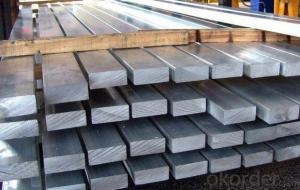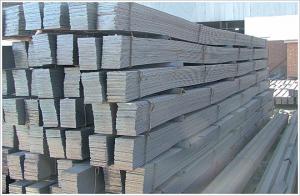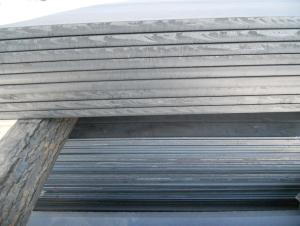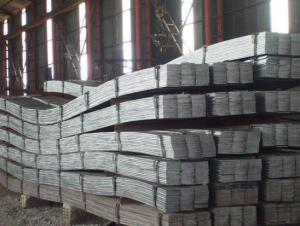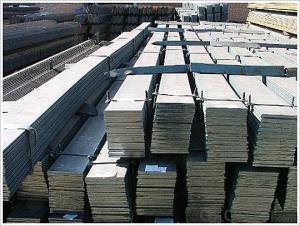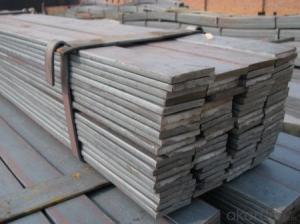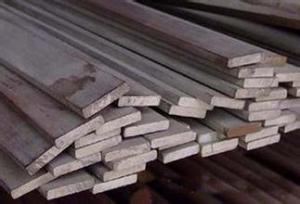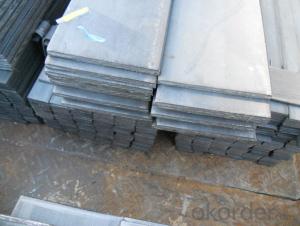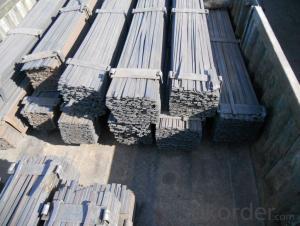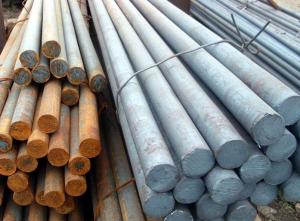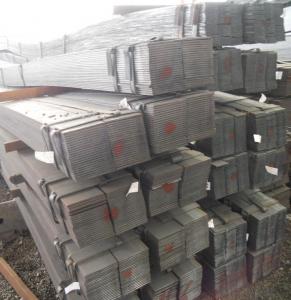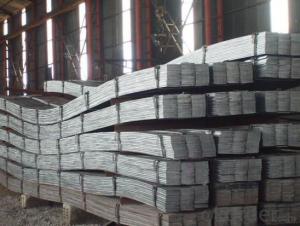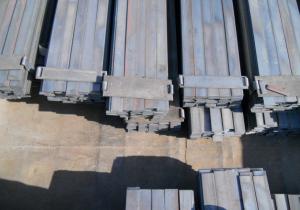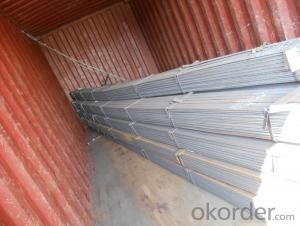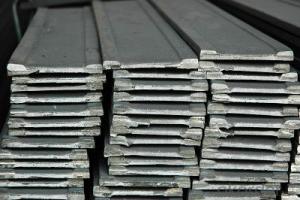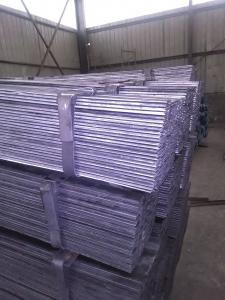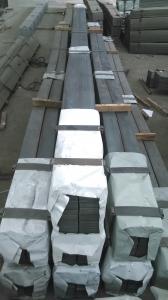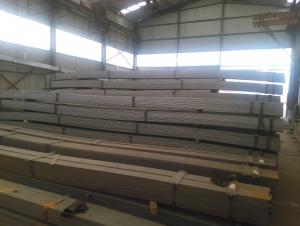Stainless steel flat bar in Grade Q235 for construction
- Loading Port:
- Tianjin
- Payment Terms:
- TT OR LC
- Min Order Qty:
- 10000 m.t.
- Supply Capability:
- 100000 m.t./month
OKorder Service Pledge
OKorder Financial Service
You Might Also Like
Product Description:
OKorder is offering stainless steel flat bar in Grade Q235 for construction at great prices with worldwide shipping. Our supplier is a world-class manufacturer of steel, with our products utilized the world over. OKorder annually supplies products to European, North American and Asian markets. We provide quotations within 24 hours of receiving an inquiry and guarantee competitive prices.
Product Applications:
Stainless steel flat bar are ideal for structural applications and are widely used in the construction of buildings and bridges, and the manufacturing, petrochemical, and transportation industries.
Product Advantages:
OKorder's Steel Flat Bar for construction are durable, strong, and resist corrosion.
Main Product Features:
· Premium quality
· Prompt delivery & seaworthy packing (30 days after receiving deposit)
· Corrosion resistance
· Can be recycled and reused
· Mill test certification
· Professional Service
· Competitive pricing
Product Specifications:
carbon flat steel bar
1.Thickness:1.5mm-14mm
2.Width:10mm-1010mm
3.Grade:Q235, Q345, A36
4. BV verified
Details of carbon flat steel bar
Advantage carbon flat steel bar
1. Convenient in construction and save much time and labor
2. High mechanical strength
3. Low price, high quality
carbon flat steel bar specifications
FAQ
Q1: How do we guarantee the quality of our products?
A1: We have established an advanced quality management system which conducts strict quality tests at every step, from raw materials to the final product. At the same time, we provide extensive follow-up service assurances as required.
Q2: What makes stainless steel stainless?
A2: Stainless steel must contain at least 10.5 % chromium. It is this element that reacts with the oxygen in the air to form a complex chrome-oxide surface layer that is invisible but strong enough to prevent further oxygen from "staining" (rusting) the surface. Higher levels of chromium and the addition of other alloying elements such as nickel and molybdenum enhance this surface layer and improve the corrosion resistance of the stainless material.
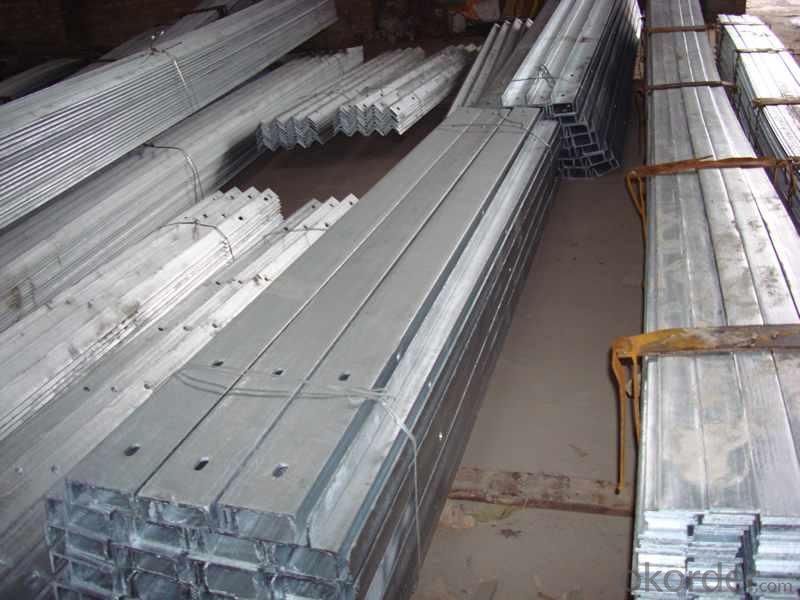
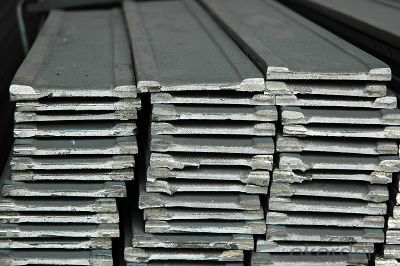
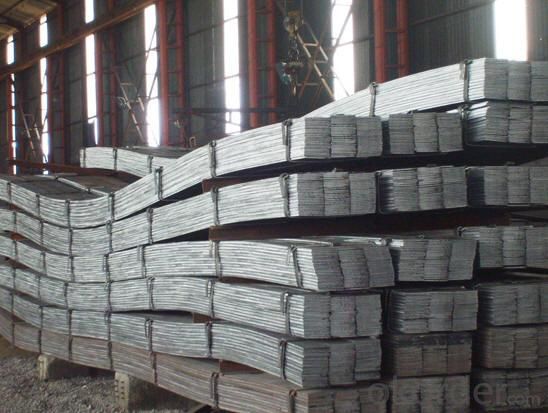
- Q: Are steel flat bars used in the construction of bridges or infrastructure?
- Yes, steel flat bars are commonly used in the construction of bridges and infrastructure. They provide structural support and stability, as well as being versatile and cost-effective. Steel flat bars are used in various applications such as beams, braces, and supports, and are known for their strength and durability, making them ideal for heavy-duty construction projects.
- Q: What is the minimum yield strength of a steel flat bar?
- The minimum yield strength of a steel flat bar can vary depending on the specific grade and type of steel being used. However, in general, the minimum yield strength for a standard carbon steel flat bar is typically around 36,000-40,000 psi (pounds per square inch).
- Q: Are steel flat bars available in different grades?
- Yes, steel flat bars are available in different grades.
- Q: Are steel flat bars available in different lengths and thicknesses?
- Indeed, various lengths and thicknesses of steel flat bars are readily obtainable. The lengths may differ based on the provider or producer, yet standard lengths encompass 6 feet, 8 feet, and 10 feet. Furthermore, steel flat bars can be procured in diverse thicknesses, such as 1/8 inch, 1/4 inch, 3/8 inch, and beyond. The assortment of available lengths and thicknesses permits adaptability in numerous construction and manufacturing applications, guaranteeing the existence of a fitting choice for distinct project necessities.
- Q: Can steel flat bars be used for making storage racks or shelving systems?
- Certainly, storage racks or shelving systems can be created using steel flat bars. Renowned for their robustness and long-lasting nature, steel flat bars are an excellent option for bolstering weighty loads on storage racks or shelving systems. They offer stability and endurance, enabling them to withstand the heaviness of diverse items, rendering them appropriate for arranging and storing merchandise in warehouses, garages, or even residences. Furthermore, steel flat bars can be easily joined together through welding or bolting, facilitating the creation of tailor-made storage solutions that fulfill specific requirements. On the whole, steel flat bars serve as a dependable and adaptable choice for constructing storage racks or shelving systems.
- Q: How can I prevent rusting on steel flat bars?
- To prevent rusting on steel flat bars, you can take several preventive measures. Firstly, ensure that the flat bars are properly cleaned and free from any dirt, debris, or moisture before storage or use. This can be done by wiping them down with a dry cloth or using a mild soap and water solution if necessary. Next, you should apply a protective coating or finish to the steel flat bars. There are various options available such as painting, powder coating, or applying a rust-resistant primer. These coatings act as a barrier between the steel and the environment, preventing moisture and oxygen from reaching the metal surface and causing rust to form. Additionally, you can consider using corrosion-resistant materials for the construction of your steel flat bars. Stainless steel, for instance, contains chromium which forms a protective layer on the surface, making it highly resistant to rusting. Galvanized steel is another option, as it is coated with a layer of zinc to provide excellent corrosion resistance. Proper storage is also crucial to prevent rusting. Keep the steel flat bars in a dry and well-ventilated area, away from any moisture or humidity. If stored outdoors, ensure that they are covered and protected from rain and other elements. Regular maintenance is essential as well. Inspect the flat bars periodically for any signs of rust or damage. If any rust spots are detected, remove them immediately using a wire brush or sandpaper, and apply a touch-up coating to prevent further corrosion. By following these preventive measures, you can significantly reduce the chances of rusting on steel flat bars and prolong their lifespan.
- Q: Can steel flat bars be easily machined or drilled?
- Yes, steel flat bars can be easily machined or drilled with the appropriate tools and techniques.
- Q: What are the different surface treatments available for steel flat bars?
- There are several different surface treatments available for steel flat bars, each providing unique advantages and characteristics. Some of the common surface treatments for steel flat bars include: 1. Hot-dip galvanizing: This process involves immersing the steel flat bar in a bath of molten zinc, which creates a protective coating on the surface. Hot-dip galvanizing provides excellent corrosion resistance, making it suitable for outdoor applications where the steel may be exposed to moisture or harsh environmental conditions. 2. Electroplating: Electroplating involves depositing a thin layer of metal onto the surface of the steel flat bar through an electrochemical process. This treatment can be used to enhance the appearance of the steel, improve corrosion resistance, or provide other desired properties, depending on the metal used for plating. 3. Powder coating: Powder coating is a dry finishing process where a fine powder is applied to the steel flat bar electrostatically and then cured under heat. This treatment creates a durable and attractive surface that is resistant to chipping, scratching, and fading. Powder coating is available in a wide range of colors and textures, allowing for customization and versatility. 4. Paint coating: Steel flat bars can be coated with various types of paints to improve aesthetics, provide corrosion protection, or enhance other properties. Different types of paint coatings, such as epoxy, enamel, or polyurethane, can be used depending on the specific requirements and desired appearance. 5. Shot blasting: Shot blasting involves propelling abrasive particles at high speed onto the surface of the steel flat bar to remove rust, scale, and other contaminants. This treatment helps to improve the adhesion of subsequent coatings, such as paints or galvanizing, and provides a clean, smooth surface. 6. Passivation: Passivation is a chemical treatment that removes surface contaminants and forms a protective oxide layer on the steel flat bar. This treatment enhances the corrosion resistance of stainless steel flat bars, making them more suitable for applications where they may be exposed to corrosive environments. 7. Acid etching: Acid etching is a process that involves treating the surface of the steel flat bar with an acidic solution to create a textured or patterned finish. This treatment can be used for decorative purposes or to improve the grip of the steel in certain applications. It is important to consider the specific requirements of your application, such as corrosion resistance, appearance, durability, and cost, when selecting the most appropriate surface treatment for steel flat bars.
- Q: Are steel flat bars commonly used in the construction of sports facilities?
- Steel flat bars are commonly employed in the construction of sports facilities. Their versatility and durability make them suitable for various applications in this field. Structural components like beams, columns, and frames are often made from steel flat bars. These bars are also used to build bleachers, grandstands, and other seating structures due to their strength and stability. Furthermore, they play a significant role in the assembly of equipment such as goal posts, fencing, and netting systems. Overall, steel flat bars are a favored option for constructing sports facilities because of their strength, versatility, and ability to withstand heavy loads and harsh weather conditions.
- Q: What are the different dimensions available in steel flat bars?
- The dimensions available in steel flat bars can vary, but common sizes include thicknesses ranging from 1/8 inch to 1 inch, and widths ranging from 1/2 inch to 12 inches.
Send your message to us
Stainless steel flat bar in Grade Q235 for construction
- Loading Port:
- Tianjin
- Payment Terms:
- TT OR LC
- Min Order Qty:
- 10000 m.t.
- Supply Capability:
- 100000 m.t./month
OKorder Service Pledge
OKorder Financial Service
Similar products
Hot products
Hot Searches
Related keywords
